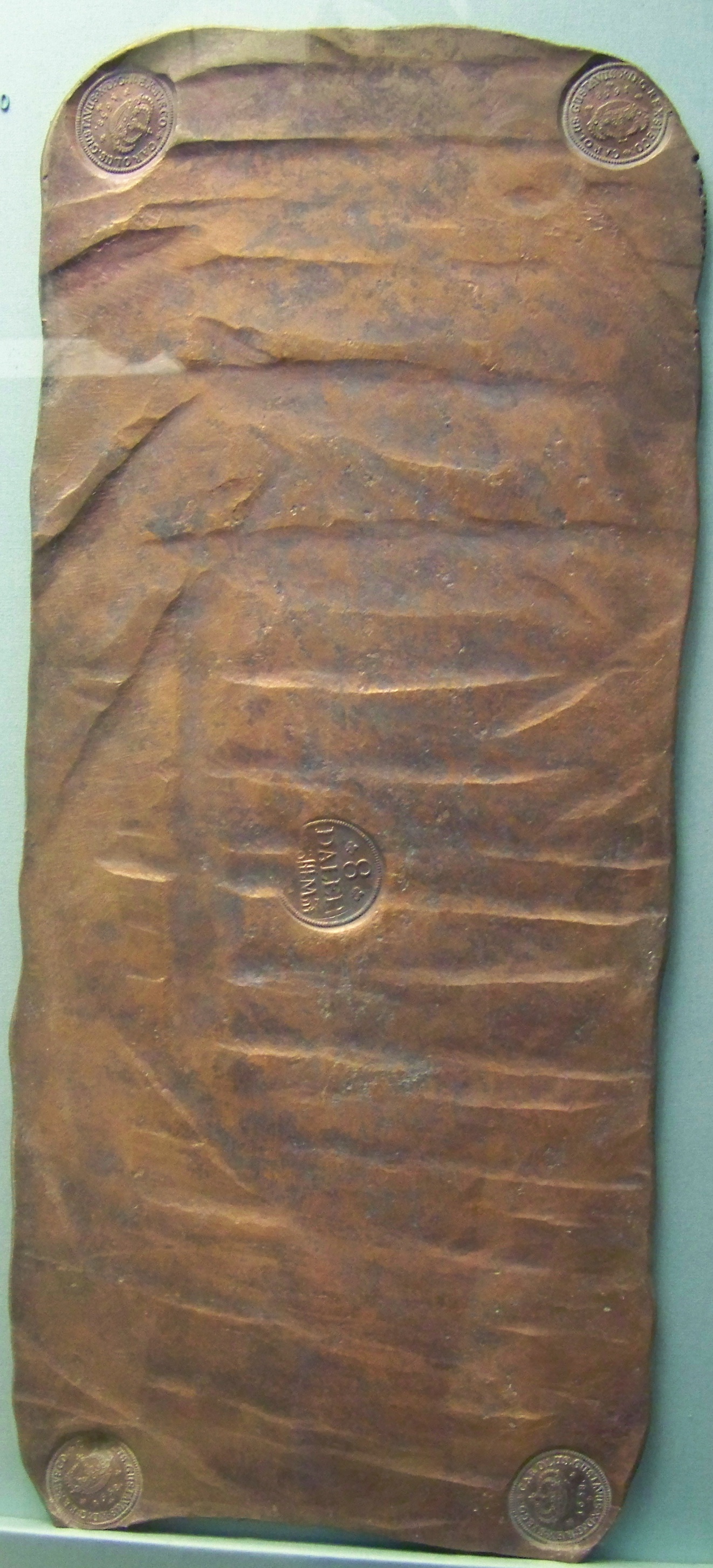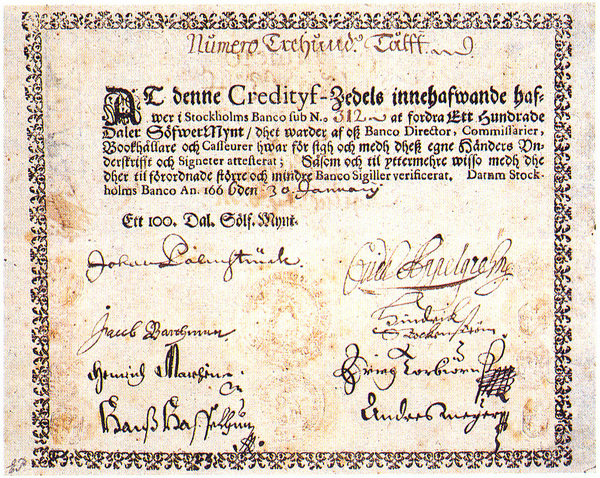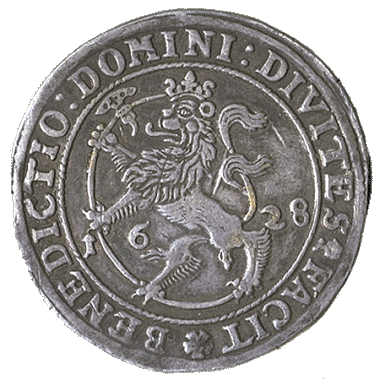|
Riksdaler
The svenska riksdaler () was the name of a Swedish coin first minted in 1604. Between 1777 and 1873, it was the currency of Sweden. The daler, like the dollar,''National Geographic''. June 2002. p. 1. ''Ask Us''. was named after the German Thaler. The similarly named Reichsthaler, rijksdaalder, and rigsdaler were used in Germany and Austria-Hungary, the Netherlands, and Denmark-Norway, respectively. ''Riksdaler'' is still used as a colloquial term for Sweden's modern-day currency. History Penning accounting system The ''daler'' was introduced in 1534. It was initially intended for international use and was divided into 4 marks and then a mark is further subdivided into 8 öre and then an öre is further subdivided into 24 pennings. In 1604, the name was changed to ''riksdaler'' ("daler of the realm", c.f. Reichsthaler). In 1609, the riksdaler rose to a value of 6 mark when the other Swedish coins were debased but the riksdaler remained constant. From 1624, daler were issu ... [...More Info...] [...Related Items...] OR: [Wikipedia] [Google] [Baidu] |
Stockholms Banco
Stockholms Banco (also known as the Palmstruch's Bank, sv, Palmstruchska banken) was the first European bank to print banknotes. It was founded in 1657 by Johan Palmstruch in Stockholm, began printing banknotes in 1661, but ran into financial difficulties and was liquidated in 1667. Stockholms Banco was the immediate precursor to the central bank of Sweden, founded in 1668 as ''Riksens Ständers Bank'' and renamed in 1866 as Sveriges Riksbank, which is the world's oldest surviving central bank. The founding of Stockholms Banco Johan Palmstruch had made two failed proposals for the creation of a banking institution in the 1650s before his third proposal, with the addition of a promise to pay half of the bank's profits to the crown, was accepted. Charles X Gustav of Sweden, King Charles X Gustav thus signed two charters on November 30, 1656 to create an exchange bank and a loans bank. The first of these (which opened in July 1657) took deposits for a fee (and accruing no interes ... [...More Info...] [...Related Items...] OR: [Wikipedia] [Google] [Baidu] |
Scandinavian Monetary Union
__NOTOC__ The Scandinavian Monetary Union was a monetary union formed by Denmark and Sweden on 5 May 1873, with Norway joining in 1875. It established a common currency unit, the krone/krona, based on the gold standard. It was one of the few tangible results of the Scandinavian political movement of the 19th century. The union ended during World War I. Overview The original Scandinavian currencies were based on the silver Reichsthaler, defined by the Hamburg Bank as 25.28 grams fine silver, which was equal to one Norwegian speciedaler or two Danish rigsdaler. Sweden's ''riksdaler specie'' was slightly heavier at 25.5 g and was equal to four Swedish riksdaler ''riksgalds''. The Scandinavian switch to the gold standard was triggered by Germany's adoption of the German gold mark in 1873 and of the consequent disturbance in the silver market. The monetary union established the gold krone (''krona'' in Swedish) replacing the legacy currencies at the rate of 1 krone = 1 Swedish rik ... [...More Info...] [...Related Items...] OR: [Wikipedia] [Google] [Baidu] |
Sveriges Riksbank
Sveriges Riksbank, or simply the ''Riksbank'', is the central bank of Sweden. It is the world's oldest central bank and the fourth oldest bank in operation. Etymology The first part of the word ''riksbank'', ''riks'', stems from the Swedish word ''rike'', which means ''realm'', ''kingdom'', ''empire'' or ''nation'' in English. A literal English translation of the bank's name could thus be ''Sweden's Realm's Bank''. The bank, however, doesn't translate its name to English but uses its Swedish name ''the Riksbank'' also in its English communications. History The Riksbank began operations in 1668. Previously, Sweden was served by the Stockholms Banco (also known as the Bank of Palmstruch), founded by Johan Palmstruch in 1656. Although the bank was private, it was the king who chose its management: in a letter to Palmstruch, he gave permission to its operations according to stated regulations. But Stockholms Banco collapsed as a result of the issuing of too many notes without ... [...More Info...] [...Related Items...] OR: [Wikipedia] [Google] [Baidu] |
Reichsthaler
The ''Reichsthaler'' (; modern spelling Reichstaler), or more specifically the ''Reichsthaler specie'', was a standard thaler silver coin introduced by the Holy Roman Empire in 1566 for use in all German states, minted in various versions for the next 300 years, and containing 25–26 grams fine silver.MAIN reference p 360-393: German monetary system https://books.google.com/books?id=GrJCAAAAIAAJ&pg=PA360#v=onepage&q&f=false ''North German thaler, Reichsthaler'' was also the name of a currency unit worth less than the ''Reichsthaler specie'' introduced by several North German states from the 17th century; discussed separately under ''North German thaler''. Several old books confusingly use the same term ''Reichsthaler'' for the Speciesthaler, specie silver coin as well as the currency unit. This is disambiguated by referring to the full-valued coin as the ''Speciesthaler, Reichsthaler specie'' and the lower-valued currency unit as the ''Reichsthaler currency (courant, kurant)'' ... [...More Info...] [...Related Items...] OR: [Wikipedia] [Google] [Baidu] |
Swedish National Debt Office
The Swedish National Debt Office ( sv, Riksgäldskontoret or shortly ''Riksgälden'') was founded by Gustav III at the Riksdag of the Estates in 1789, through the Act of union and security. It is a Swedish Government agency. The first task of the Debt Office was to finance the ongoing War against Russia. The method of raising funds was to issue promissory notes called ''Riksgälds'' denominated in Riksdaler which was the Swedish currency at the time. The reason why the funds could not be raised through the Riksbank was that its notes had to be backed by silver (commodity money) to two thirds, whereas no such restrictions applied for the promissory notes ( credit money) issued by the Debt office. This produced a heavy seigniorage-induced inflation, where the exchange rate for the promissory notes against silver was 1 to 4 in 1834. In 1989, after two hundred years as one of the few state agencies that reported directly to the Riksdag, the Debt office was reconstituted and is now ... [...More Info...] [...Related Items...] OR: [Wikipedia] [Google] [Baidu] |
Swedish Plate Money In The British Museum
Swedish or ' may refer to: Anything from or related to Sweden, a country in Northern Europe. Or, specifically: * Swedish language, a North Germanic language spoken primarily in Sweden and Finland ** Swedish alphabet, the official alphabet used by the Swedish language * Swedish people or Swedes, persons with a Swedish ancestral or ethnic identity ** A national or citizen of Sweden, see demographics of Sweden The demography of Sweden is monitored by the ''Statistiska centralbyrån'' (Statistics Sweden). Sweden's population was 10,481,937 (May 2022), making it the 15th-most populous country in Europe after Czech Republic, the 10th-most populous m ... ** Culture of Sweden * Swedish cuisine See also * * Swedish Church (other) * Swedish Institute (other) * Swedish invasion (other) * Swedish Open (other) {{disambig Language and nationality disambiguation pages ... [...More Info...] [...Related Items...] OR: [Wikipedia] [Google] [Baidu] |
Banknote
A banknote—also called a bill (North American English), paper money, or simply a note—is a type of negotiable instrument, negotiable promissory note, made by a bank or other licensed authority, payable to the bearer on demand. Banknotes were originally issued by commercial banks, which were legally required to Redemption value, redeem the notes for legal tender (usually gold or silver coin) when presented to the chief cashier of the originating bank. These commercial banknotes only traded at face value in the market served by the issuing bank. Commercial banknotes have primarily been replaced by national banknotes issued by central banks or monetary authority, monetary authorities. National banknotes are often – but not always – legal tender, meaning that courts of law are required to recognize them as satisfactory payment of money debts. Historically, banks sought to ensure that they could always pay customers in coins when they presented banknotes for payment. This p ... [...More Info...] [...Related Items...] OR: [Wikipedia] [Google] [Baidu] |
History Of Copper Currency In Sweden
The Swedish Empire had the greatest and most numerous copper mines in Europe as it entered into its pre-eminence in the early 17th century as an emerging Great Power. Through poor fiscal policies and in part the First Treaty of Älvsborg, Sweden lost control of its reserves of precious metals, primarily silver, of which most had fled to the burgeoning trade economy of Amsterdam. In 1607 the Swedish King Charles IX attempted to persuade the populace to exchange their silver-based currency for a copper-based coin of equal face value, though this offer was not generally taken up. Sweden's large army of the time were paid entirely in copper currency, further issued in large numbers by Gustavus II to finance his war against Ferdinand II of Germany. The face value of the copper coins in circulation now greatly exceeded the reserves of the state and production of the national economy, and quickly the value of the currency fell to its commodity value, which in a country where copper w ... [...More Info...] [...Related Items...] OR: [Wikipedia] [Google] [Baidu] |
Norwegian Speciedaler
The rigsdaler specie was a unit of silver currency used in Norway, renamed as the speciedaler in 1816 and used until 1873. Norway used a common reichsthaler currency system shared with Denmark, Hamburg and Schleswig-Holstein until 1873 when the gold standard was implemented in Scandinavia and the German Empire. Rigsdaler specie The reichsthaler currency system used in Northern Europe until 1873 consisted of the silver Reichsthaler specie (''Rigsdaler specie'') worth 120 ''skillings'' in Norway and Denmark, and the lower-valued ''Rigsdaler courant'' worth th of specie or 96 ''skillings'' (both units worth 60 and 48 ''schellingen'', respectively, in Hamburg and Schleswig-Holstein). The Hamburg Bank equated 9 reichsthalers specie to a Cologne Mark of fine silver, hence 25.28 g silver in a ''rigsdaler specie''. Coins In the late 18th and early 19th centuries, coins were issued in denominations of 1, 2, 4, 8 and 24 skilling, , , , , and 1 rigsdaler specie. Banknotes In 1695, gov ... [...More Info...] [...Related Items...] OR: [Wikipedia] [Google] [Baidu] |
Seigniorage
Seigniorage , also spelled seignorage or seigneurage (from the Old French ''seigneuriage'', "right of the lord (''seigneur'') to mint money"), is the difference between the value of money and the cost to produce and distribute it. The term can be applied in two ways: * Seigniorage derived from specie (metal coins) is a tax added to the total cost of a coin (metal content and production costs) that a customer of the mint had to pay, and which was sent to the sovereign of the political region. * Seigniorage derived from notes is more indirect; it is the difference between interest earned on securities acquired in exchange for banknotes and the cost of printing and distributing the notes. "Monetary seigniorage" is where sovereign-issued securities are exchanged for newly printed banknotes by a central bank, allowing the sovereign to "borrow" without needing to repay. Monetary seigniorage is sovereign revenue obtained through routine debt monetization, including expansion of the mon ... [...More Info...] [...Related Items...] OR: [Wikipedia] [Google] [Baidu] |
Norwegian Rigsdaler
The rigsdaler specie was a unit of silver currency used in Norway, renamed as the speciedaler in 1816 and used until 1873. Norway used a common reichsthaler currency system shared with Denmark, Hamburg and Schleswig-Holstein until 1873 when the gold standard was implemented in Scandinavia and the German Empire. Rigsdaler specie The reichsthaler currency system used in Northern Europe until 1873 consisted of the silver Reichsthaler specie (''Rigsdaler specie'') worth 120 ''skillings'' in Norway and Denmark, and the lower-valued ''Rigsdaler courant'' worth th of specie or 96 ''skillings'' (both units worth 60 and 48 ''schellingen'', respectively, in Hamburg and Schleswig-Holstein). The Hamburg Bank equated 9 reichsthalers specie to a Cologne Mark of fine silver, hence 25.28 g silver in a ''rigsdaler specie''. Coins In the late 18th and early 19th centuries, coins were issued in denominations of 1, 2, 4, 8 and 24 skilling, , , , , and 1 rigsdaler specie. Banknotes In 1695, gov ... [...More Info...] [...Related Items...] OR: [Wikipedia] [Google] [Baidu] |





